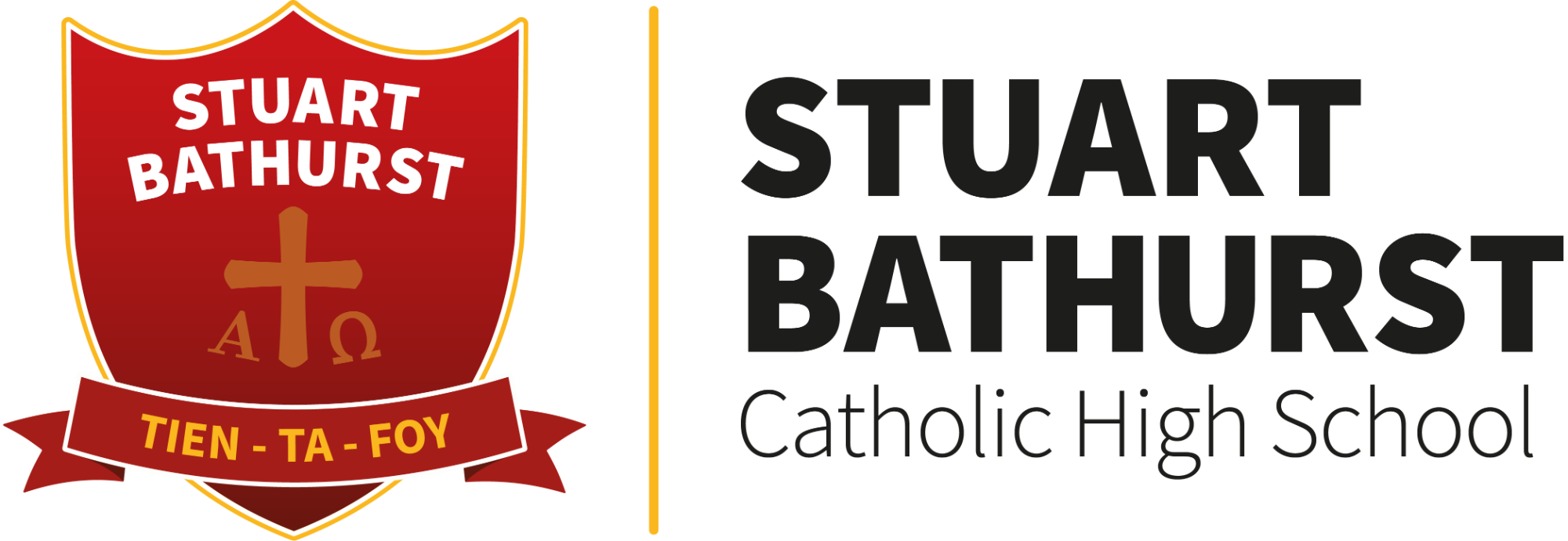Our Patron
Stuart Eyre Bathurst 1815 – 1900 - Our Patron and Inspiration
Stuart Bathurst was born on 10 January 1815, the year of the Battle of Waterloo. His father was General Sir James Bathurst who had served as an aide de camp to the Duke of Wellington during the Peninsular War. His mother was Caroline Stuart, daughter of the first Earl of Castle Stuart who owned lands in Ireland.
Stuart was the eldest of nine children and the resided at Wookey in Somerset. He attended Winchester Public School and then went on to study at Christ Church College in Oxford. In 1842 he was ordained as a Clergyman in the Church of England and was appointed rector of the parish of Kibworth in Leicestershire. He threw himself fully into the life of the parish, he refitted the church, mostly at his own expense, and he was also appointed inspector of schools for the diocese. The promotion of education was close to Stuart’s heart throughout his life.
During his time at Kibworth he realised that his vocation lay with the Roman Catholic Church. During this period of time the Oxford Movement was questioning the role of the Church of England and in 1845 the leader of the Movement, John Henry Newman, was received into the Catholic Church, early in 1850 the Gorham Case finally convinced Stuart that he should leave the Church of England. The case caused controversy because John Gorham who was a minister of the Church of England questioned the necessity of Baptism and was refused a parish by his bishop. The Privy Council took Gorham’s side.
On 28 August 1850 Stuart Bathurst was baptised by Father Newman. He then moved to the newly founded Oratory of Alcester Street in Birmingham. In his letters to his sister Catherine, Stuart wrote of the joy and inner peace he felt when he became a Catholic and urged her to do the same.
"If you make you submission to God’s Church you would receive such a gift: I cannot describe it to you... You would have all doubts vanish from you and shed tears of joy."
Catherine soon became a Catholic and she entered the Third Order of Saint Dominic. Later on she set up a convent at Harrow on the Hill. Stuart left Alcester Street and studied for the priesthood at Oscott College. He was ordained by Bishop Ullathorne at Easter 1854 and afterwards served as a priest at Stone and Cheadle in Staffordshire.
In 1871 he became the parish priest at Saint Mary’s Church in Wednesbury.
When he arrived in Wednesbury he found that the chapel was unsafe and that the Education Act of 1870 necessitated school building. Within a year he had built two schools, one on Church Hill for the seniors and one in Portway Road for juniors. Next he turned his attention to the church. The old church was demolished in 1872 and the foundation stone for the new one was laid on 26 May 1873. The new church was opened on 22 September 1874 the opening was a special occasion; Bishop Ullathrone said the Mass and Cardinal Manning gave the sermon. It is estimated that Father Bathurst spent £10,000 of his own private income on building the Church and schools.
Father Bathurst was always ready to stretch out a hand to those who needed help. He often took the responsibility of providing the cost of educating and bringing up orphan children and he paid the rent of a number of Wednesbury pensioners. On one occasion a parishioner called on Father Bathurst and found him sleeping across two chairs covered by a railway blanket because he had given his bed away to a poor person who was ill.
During his time in Wednesbury the Irish Home Rule Movement was beginning to make ground and national developments were to lead to Father Bathurst was moving on. There were a large number of Irish people living in the Parish and, stirred up by the assistant priest who was also Irish, some parishioners began to criticise Father Bathurst because he represented the landlord class which controlled Ireland. Father Bathurst offered his resignation to the Bishop because he did not want to be the cause of a split in the Parish. The Bishop responded by coming to Wednesbury and calling all the parishioners together in the church. There he gave them a good telling off for being so ungrateful to their priest and said that as they did not appreciate their priest he would take him from them. Father Bathurst was moved to Aston near Stone in Staffordshire where he became the Diocesan Inspector for schools.
When he arrived at Stone he decided to let the large Presbytery and live in a smaller cottage. When his housekeeper’s son needed a place to live Father Bathurst moved into the Church tower and lived in a small room there. He would give any money or possessions he had always to the poor and needy. His clothes were ‘hand me downs’ from an elder brother who lived in London. It is said that he once met a poor man on the road and having no money he gave them the socks that he was wearing.
In 1882 Father Bathurst was moved to the mission and convent in Stone. He remained here for the rest of his life, helping the poor, educating the young and converting a large number of people to the faith. He died on 14 March 1900 and for three days people came from far and wide to pay their last respects.
